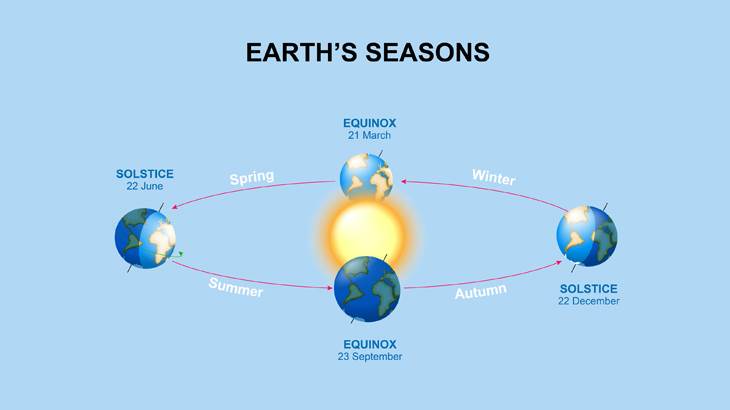The autumnal equinox, one of the two places in the sky where the ecliptic and the celestial equator connect; also, one of the two positions in the sky where Day and night are of identical length since the sun lies directly above the Equator. In the Northern Hemisphere, the autumnal equinox occurs on September 22 or 23, when the Sun crosses the celestial equator on its route south. The equinox occurs in the Southern Hemisphere on March 20 or 21, when the Sun passes north across the celestial equator. The autumnal equinox, according to astronomical definitions, marks the start of autumn, which lasts until the winter solstice, which is December 21 or 22 in the Northern Hemisphere and In the Southern Hemisphere, it is June 20 or 21.

The astronomical start of the fall season in the Northern Hemisphere and the spring season in the Southern Hemisphere is the autumnal equinox, also known as the September or fall equinox. The word 'equinox' is derived from the Latin words aequus, which means 'equal,' and nox, which means 'night.' Day and night are nearly equal lengths on the equinox. The Sun crosses the 'celestial equator'—an imaginary extension of Earth's equator line into space—during the equinox. When the Sun's center crosses across this line, the equinox occurs. The autumnal equinox occurs when the Sun crosses the equator from north to south; the vernal equinox occurs when the Sun crosses the equator from south to north.